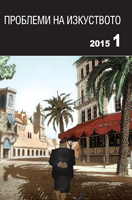
We kindly inform you that, as long as the subject affiliation of our 300.000+ articles is in progress, you might get unsufficient or no results on your third level or second level search. In this case, please broaden your search criteria.

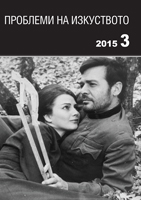
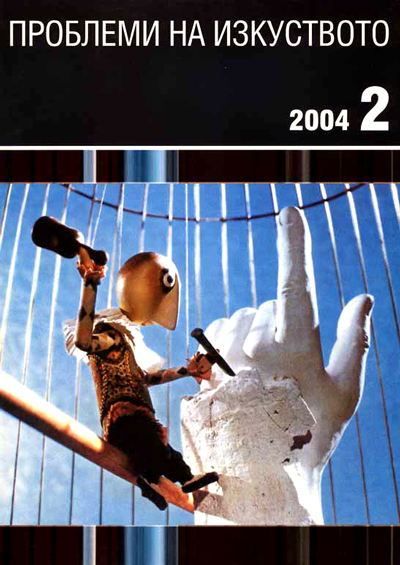




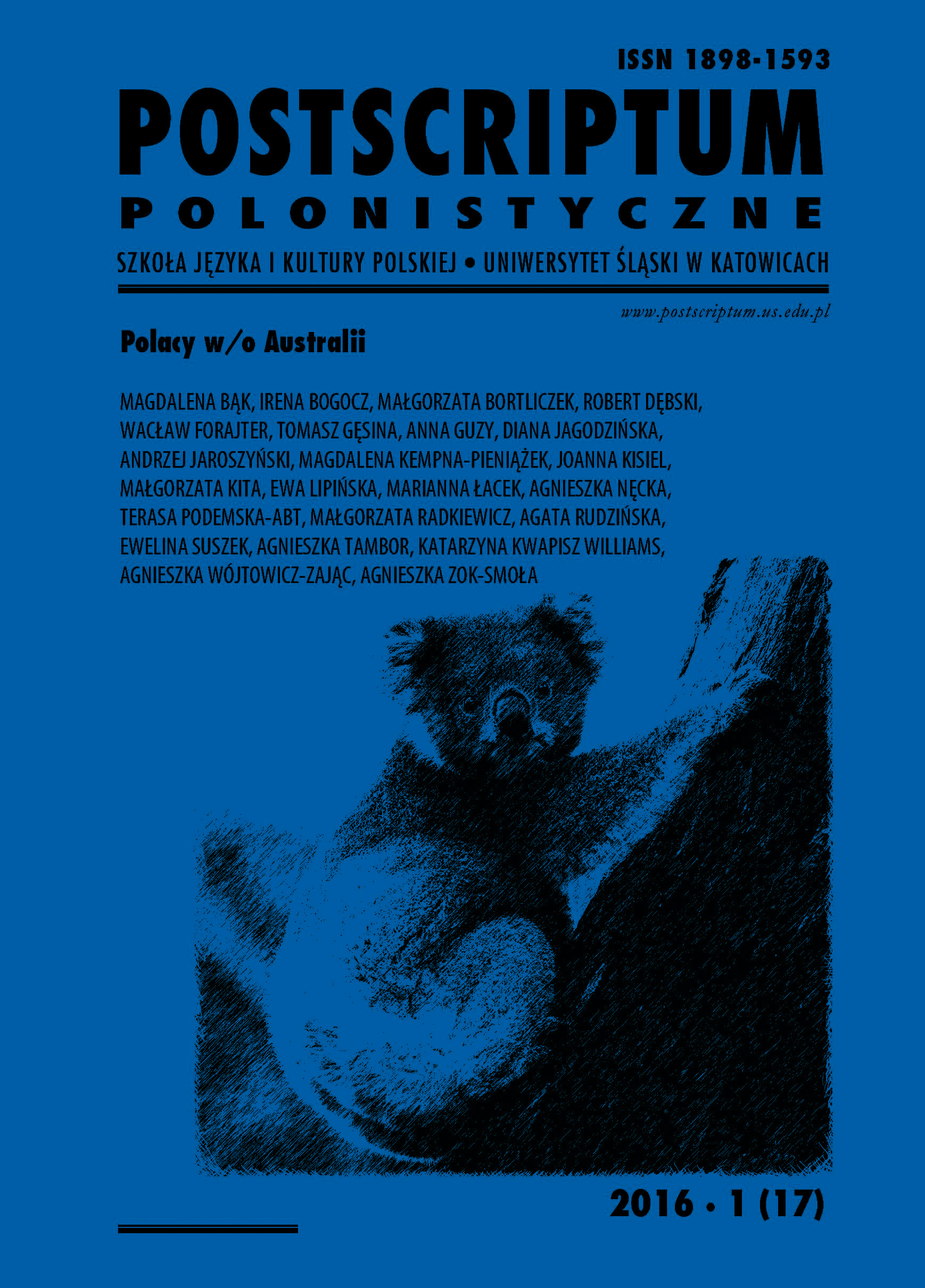
Jerzy Domaradzki started to work in Australia after his film “Wielki bieg” [“The Great Race”] had been presented at a film festival in Sydney. During those first years he had been mainly teaching at a film school, but after some time he began to make feature films and documentaries. The text examines the films he made in Australia, analyzing the way he selected characters and the problems he had in developing stories and images of people of different nations, cultures and times.
More...
The Polish reaction to Peter Weir’s film “The Way Back” (2010) was centred on a discussion about the credibility of its literary prototype, Sławomir Rawicz’s book “The long walk” (1955). The author of the article does not discuss this controversy; she prefers to concentrate on the adaptation that was chosen by the director, who combines different interpretations of the phenomenon of freedom in his movie. Weir’s approach can be regarded as transnational and such a perspective is suggested as a context for the interpretation of “The Way Back”.
More...
The article presents the summary of the 2015 season of Polish filmmaking. All movies mentioned in the article are chosen and described according to that which would be interesting for a foreigner or a person who studies Polish as a foreign language. The following films are described here: “Król życia”, “Chemia”, “Obce niebo”, “Demon”, “Klub włóczykijów”, „Panie Dulskie”, „Disco polo”, „Listy do M. 2”, „Moje córki krowy”, „Mur”.
More...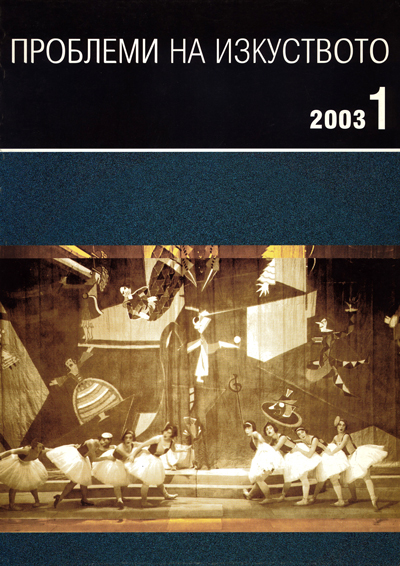
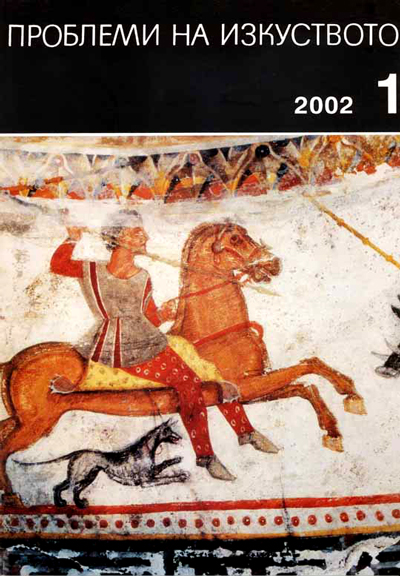
Bulgarian cinema developed during the totalitarian period an extensive film epos about the central myth of the communist Utopia - the myth of the so-called positive hero, determined to destroy the old world, and to impose a new social order. This myth, adopted from the Soviet culture as an element of the social-realistic aesthetic, had been modified on Bulgarian screen accordingly to national characteristics and reality changes. The Hero evolved from a Warrior to a Demiurge in several films, shot from 1950’s to 1990’s. Following the ideological transformations, he appeared as a Victim, Martyr and Saint of the Utopia, acting in narratives which shifted from the metaphor of ultimate combat to the allegory of a permanent fight. Bulgarian cinema had an ambivalent approach to the Hero’s metamorphosis from a rebel to a victorious ruler (the archetypal transition from a Warrior to a King.) The few films dealing with this conversion put queries to the opposition Utopian myth/social reality - therefore, in most cases, these works were disapproved by the censorship and their authors suffered political condemnation. The political changes in the 1990’s started a process of discrediting the Utopian Hero. The new Bulgarian films criticized exactly the Hero’s position of power and opened a discussion about the methods with which the Utopia had been imposed on society. Regarding the style, the most of these last decade films are still bound to a social-realistic aesthetic. Distracting the Utopian myth, Bulgarian film-makers simply reversed the opposition's of the totalitarian cinema and kept using the old formulas, stuffing them with opposite contents.
More...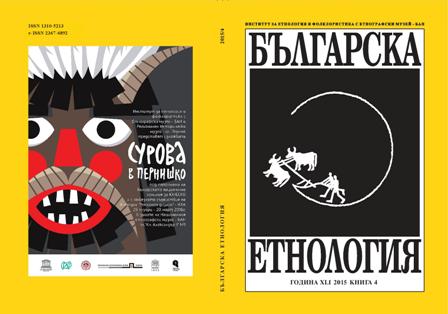
The text discusses the nature and functions, the aesthetic and ethical vision of the comedy and its postmodern transformations; the social messages of the Bulgarian comedy film and the phenomenon of the movie script based on literary work. The article problematizes the relations between the commercial cinema product of high quality and the aesthetic value of the contemporary literary work which has turned into classic. The film of Dimitar Mitovski turned out to be a real competitor of the brilliant parody novel of Alek Popov. And the plot of „Mission London“ became a byword for the initially wrong model of the „Bulgarian transition period“. The ever¬lasting theme of We and the Others which has become a mental stereotype of every peripheral culture is presented in the spirit of our native traditions but also in an odd way, grotesquely realistically, sadly funny, put CKS OF A MOVIE.The text discusses the nature and functions, the aesthetic and ethical vision of the comedy and its postmodern transformations; the social messages of the Bulgarian comedy film and the phenomenon of the movie script based on literary work. The article problematizes the relations between the commercial cinema product of high quality and the aesthetic value of the contemporary literary work which has turned into classic. The film of Dimitar Mitovski turned out to be a real competitor of the brilliant parody novel of Alek Popov. And the plot of „Mission London“ became a byword for the initially wrong model of the „Bulgarian transition period“. The everlasting theme of We and the Others which has become a mental stereotype of every peripheral culture is presented in the spirit of our native traditions but also in an odd way, grotesquely realistically, sadly funny, publicistically carnival. The reader of the novel and the spectator of the movie ejaculate with one voice: this is impossible because it is...true! From Aleko (Konstantinov) to Alek (Popov) – it‘s all true...
More...

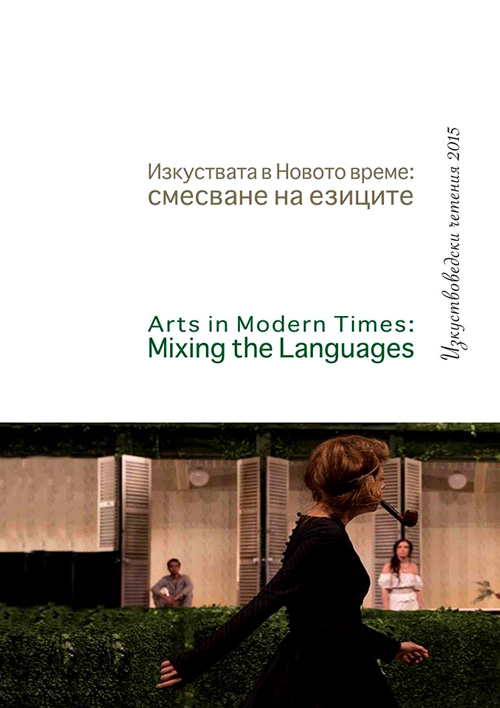
ToC: 2015, Issue 10, Volume II in Bulgarian and English
More...
Children’s film evinces all the elements of the processes of human individualisation. Children’s movies show key moments of the way worked up by or lying ahead for human consciousness. The issues of on-screen vision in contemporary children’s stories could be addressed in the light of receptive aesthetics, whose roots underlie various theoretical platforms (phenomenology, psychoanalyse, cognitive psychology, etc.). This methodology focuses on the meaning of the work, on the way in which the messages are generated, rather than on the analysis of the stylistic and aesthetic specifics of a movie; it does not search (as is the case) for the roots of a screen work in reproducing the fairy story, but rather accentuates the shaping of the meaning of the work itself, of the outcome of the process of its active perception and intercommunication with viewers.
More...
One of the tenets underlying both the common policy of EU on the audiovisual sector and the very essences of a cinematographic work is that of the double nature of audiovisual works. These are deemed to be at the sane time goods offering opportunities for producing economic benefits and a cultural activity, generating social values. There is another core idea, that of the major role of audio-vision and film in particular, in building and shaping European identity. Arguably, the views of European film industry thus outlined and the strong competition on the part of the American film market underlie the effort not to abandon this sector to the market drivers and free competition alone. The roots of European film protectionism could be traced back to the 1920s, when quotas began to be implemented to protect national film industries. In the 1920s again, the earliest attempts were made to take general pan-European actions pertaining to film-making and film distribution.
More...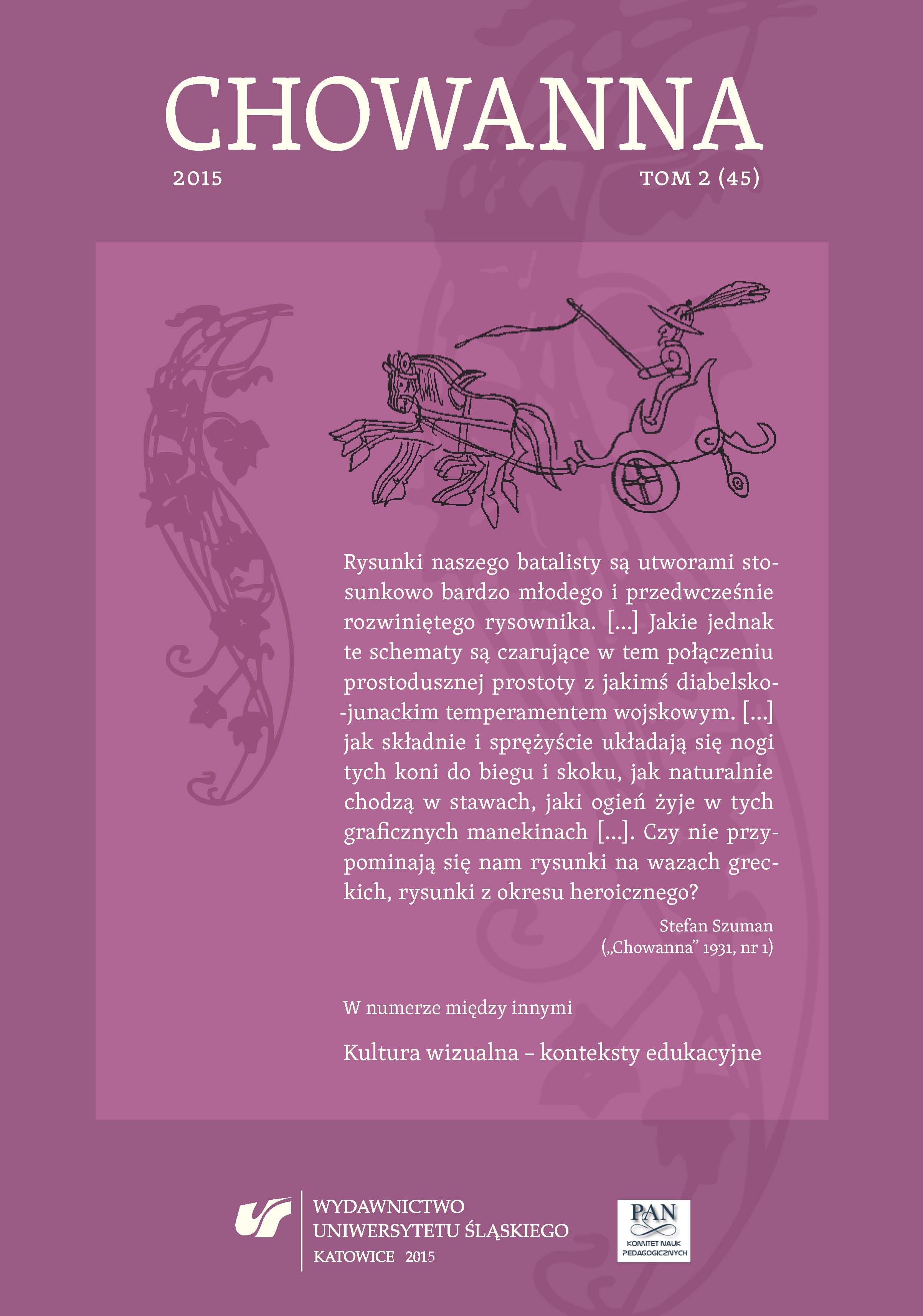
Media effects have been debated for decades. There is no doubt, due to their pervasiveness, that media is incredibly influential as a teacher of social norms. Moreover a lot of research has proven that the media is very influential in fostering stereotypical portrayal of femininity. This is because the media is seen to play a significant role in offering a socializing influence on the attitudes, beliefs and behaviours. Since it is generally agreed that children are most vulnerable to being influenced, the research has been done to analyze the messages being delivered through children’s cartoons, especially Disney films, which are a huge part of many childhoods. Although Disney movies possess positive messages and values, they are also responsible for the negative media messages being reflected by our society. Children assume from the films that women are supposed to be beautiful, skinny, and seductive, which may promote to children the self-image.
More...
The contemporary popular idea of the East and the Asian film is a complex product depositing in its compendium a number of aspectual lines. Mnemonic communities, i.e. communities where memory plays a leading role in the reproduction of the clichéd, over generations, image also weighed in on the reception. This image may go down to posterity, but may also be replaced by more powerful cultural artefacts and phenomena that are actual and adequate to contemporaneity. This paper focuses on cinematic examples from Japan and Korea that have strongly influenced the generation of viewers of the late communist era, i.e. of the 1980s, tracing how these ideas have been transformed or even replaced by contemporary phenomena of the subcultures and the global cultural phenomena.
More...